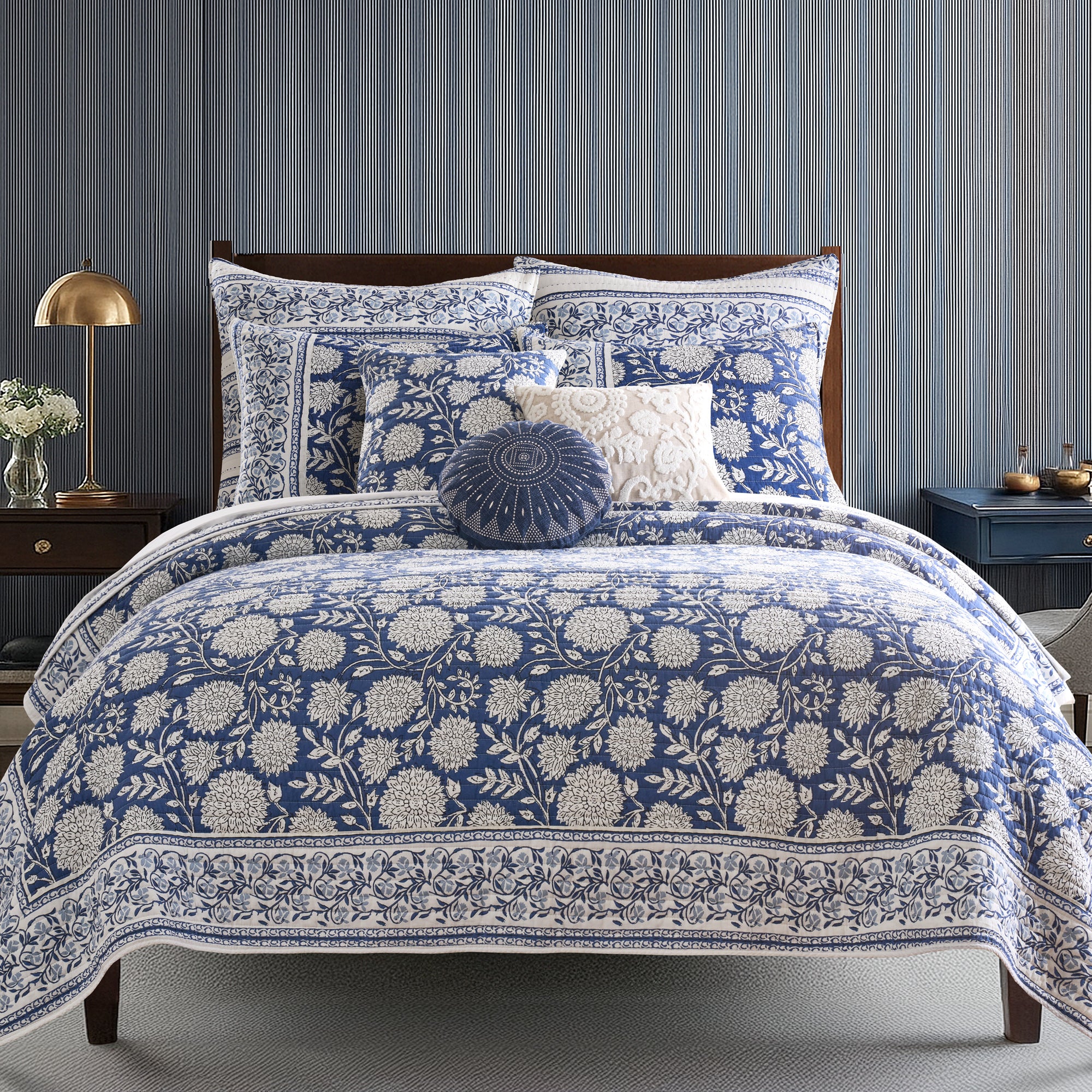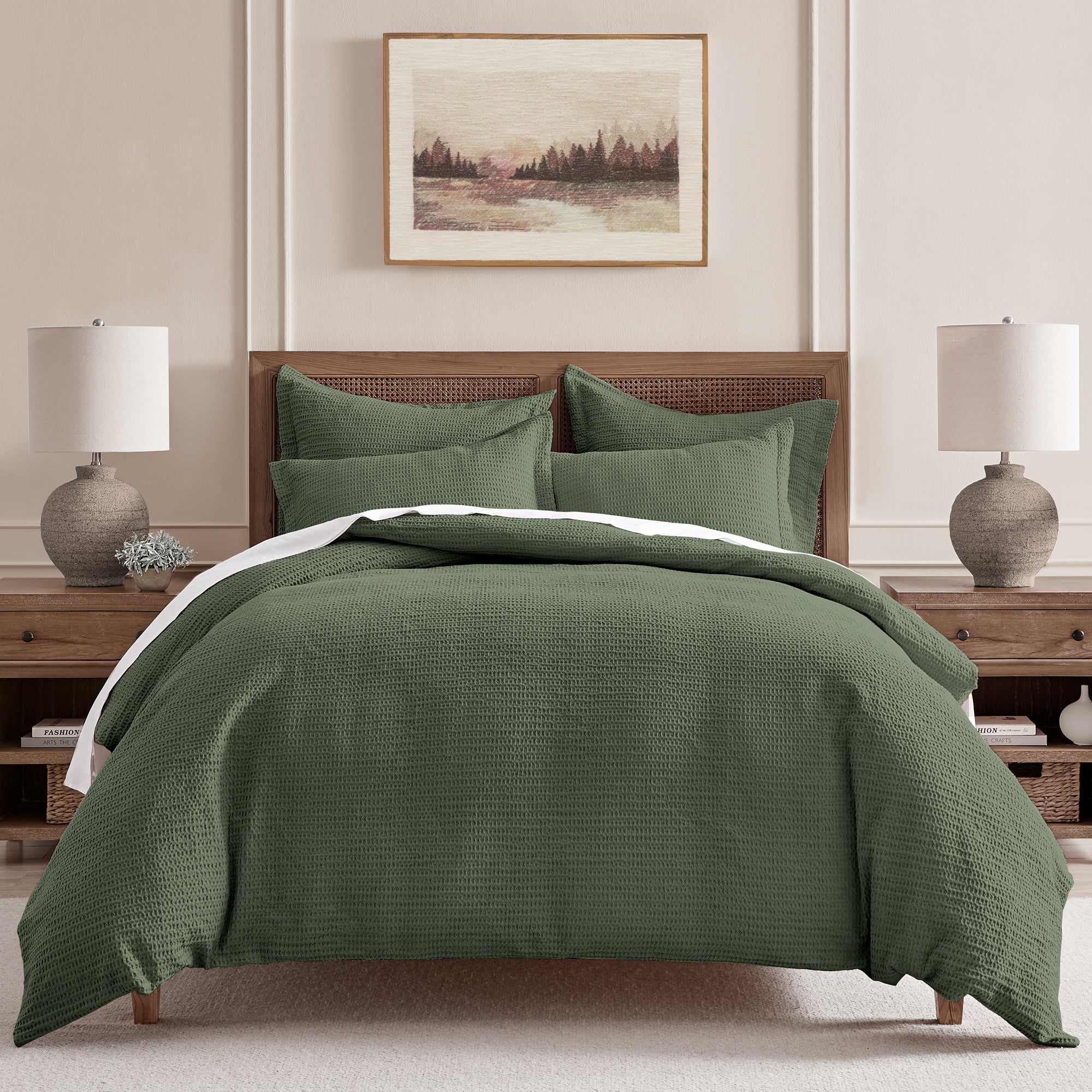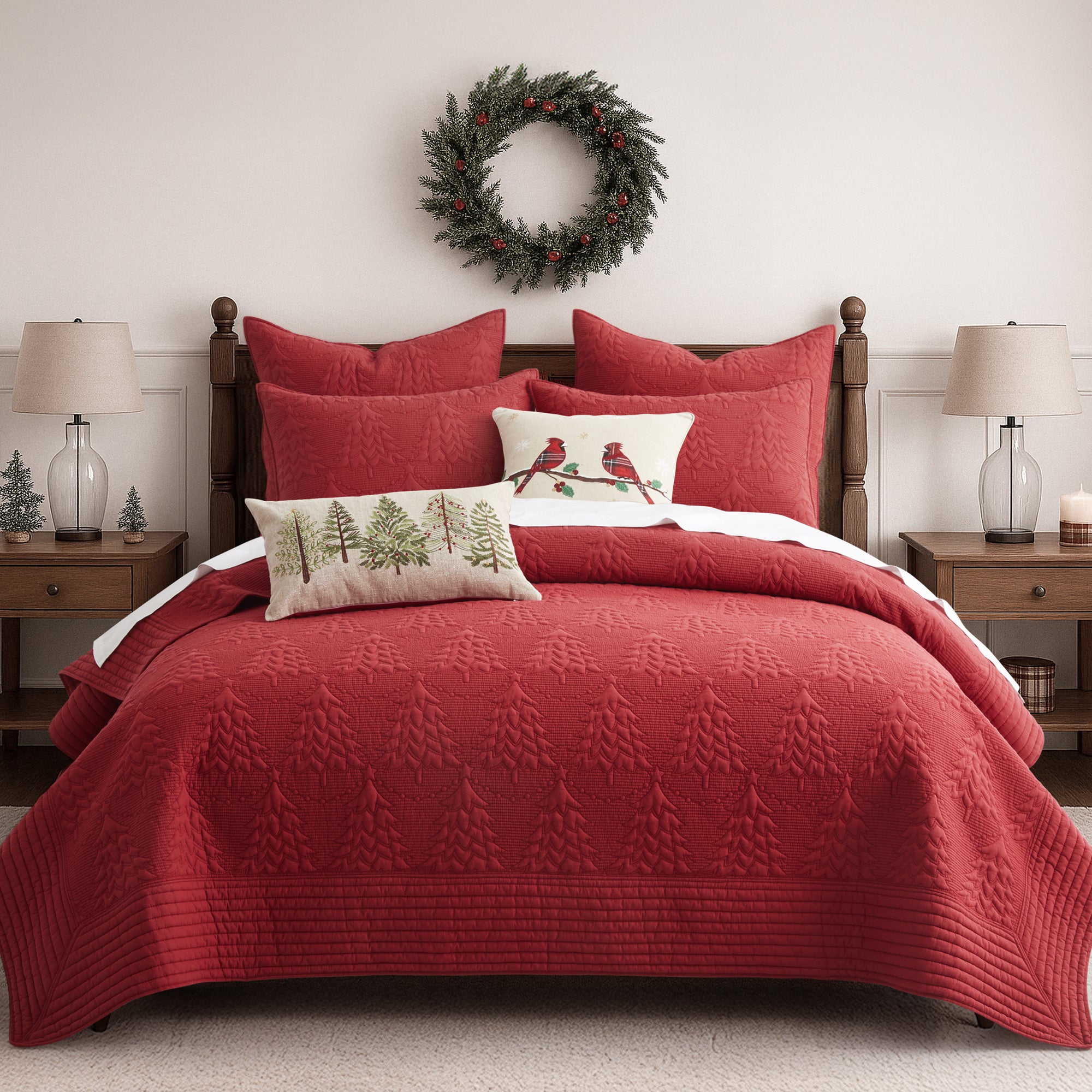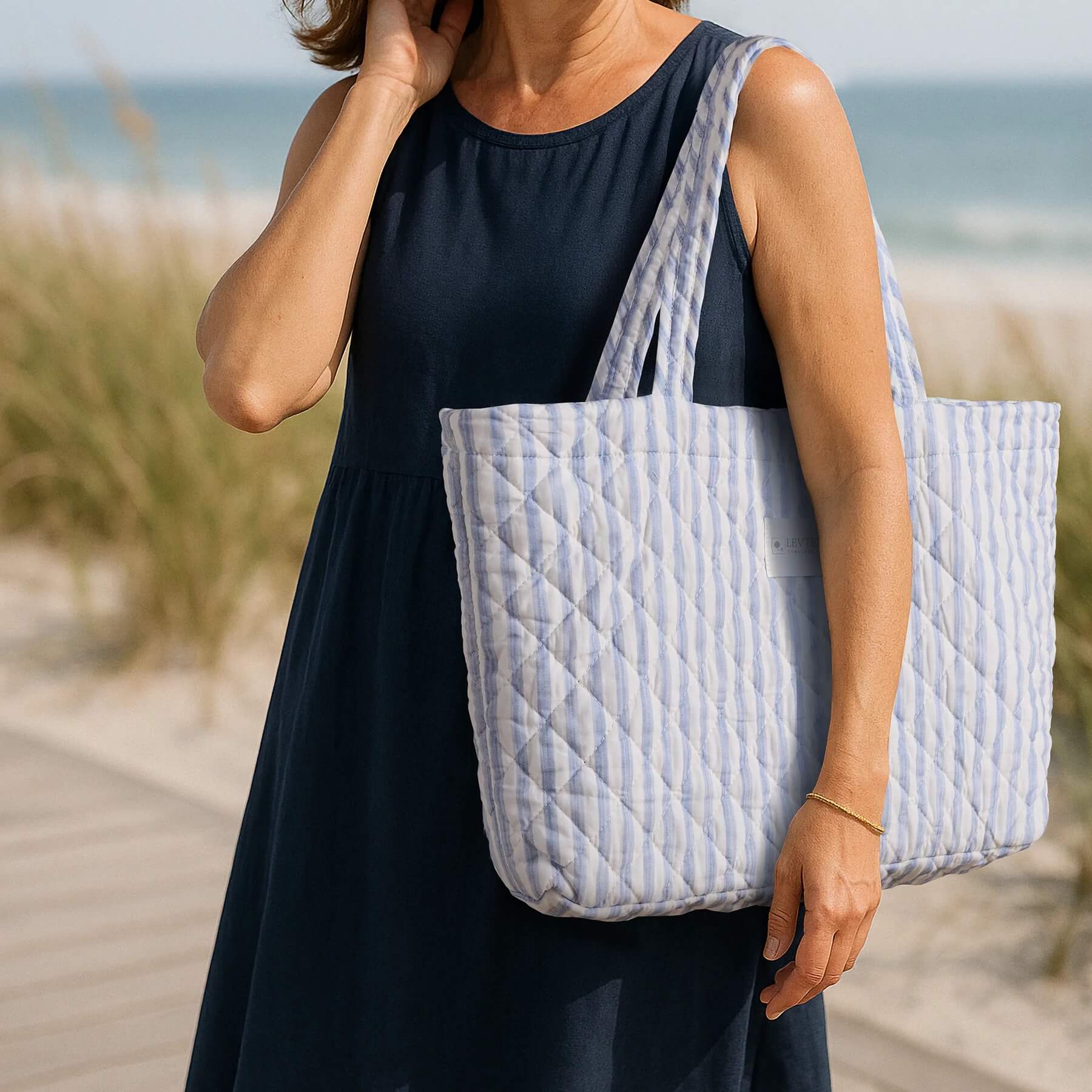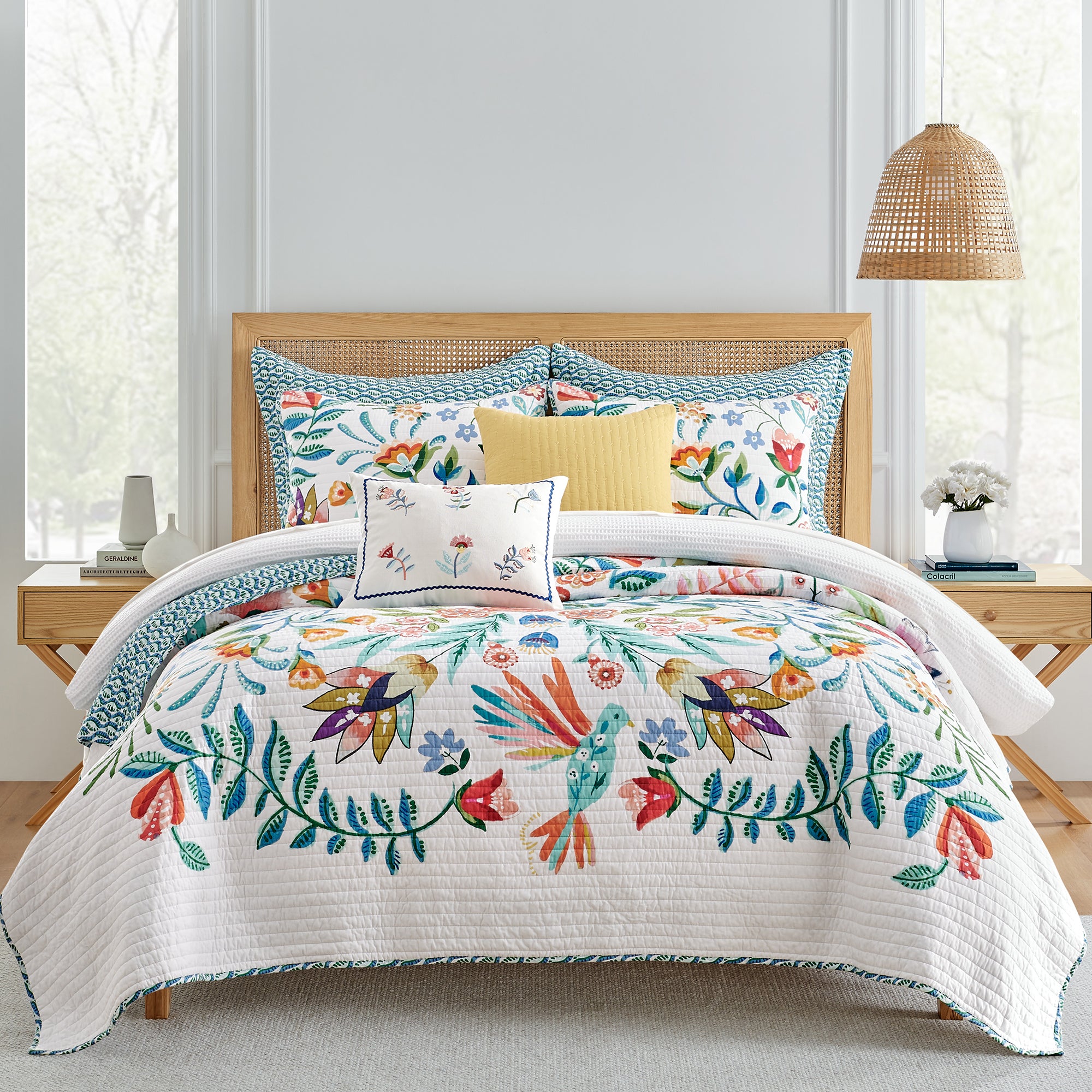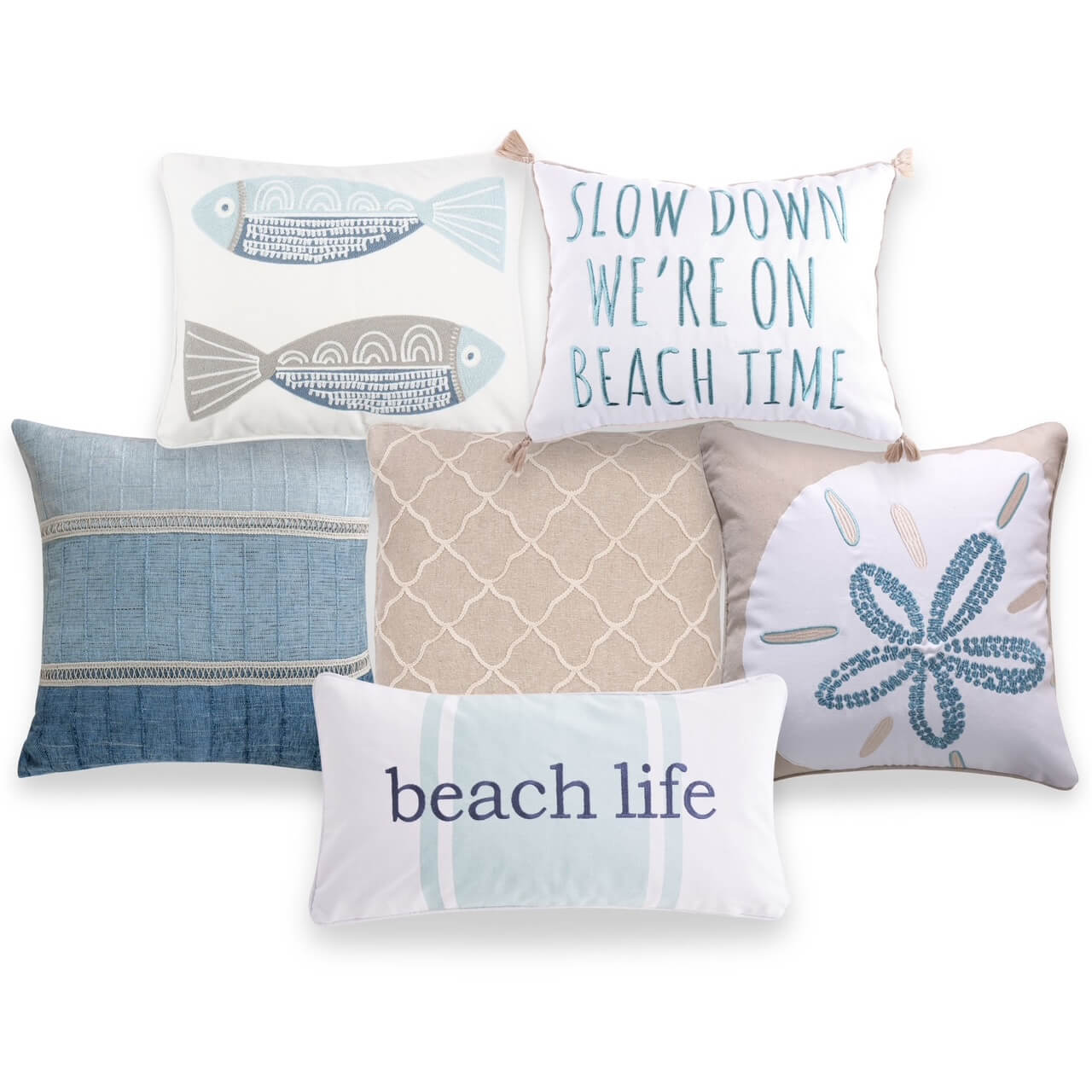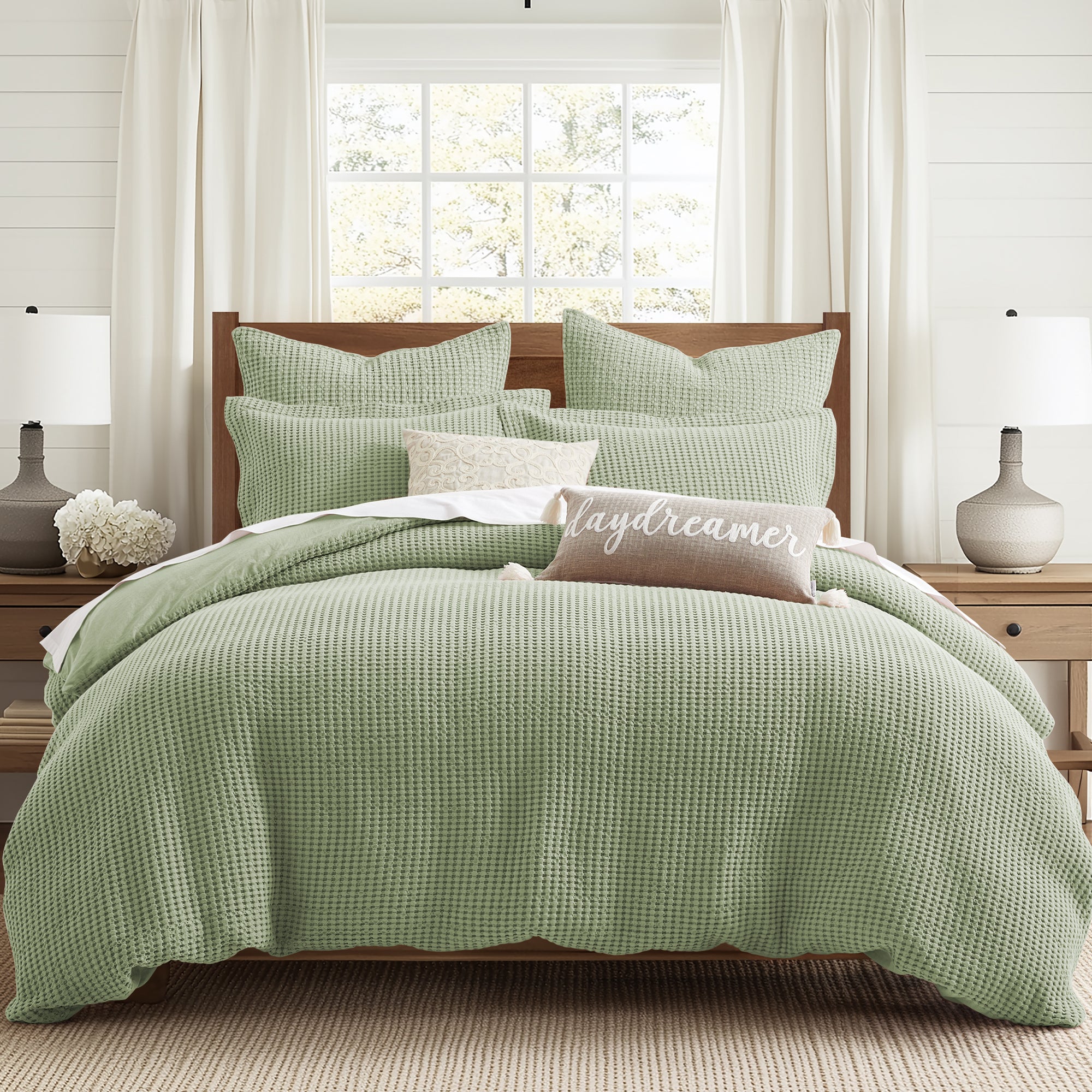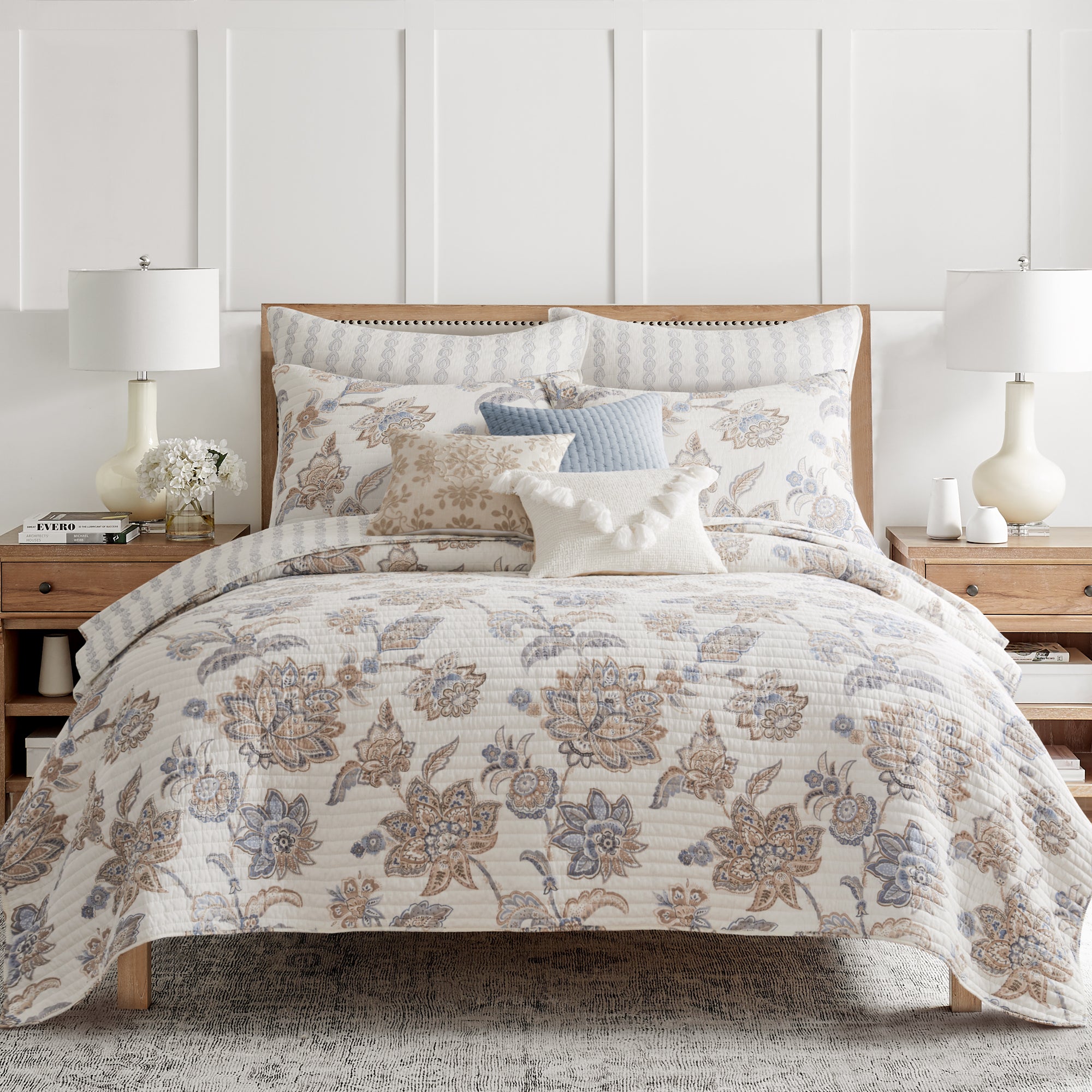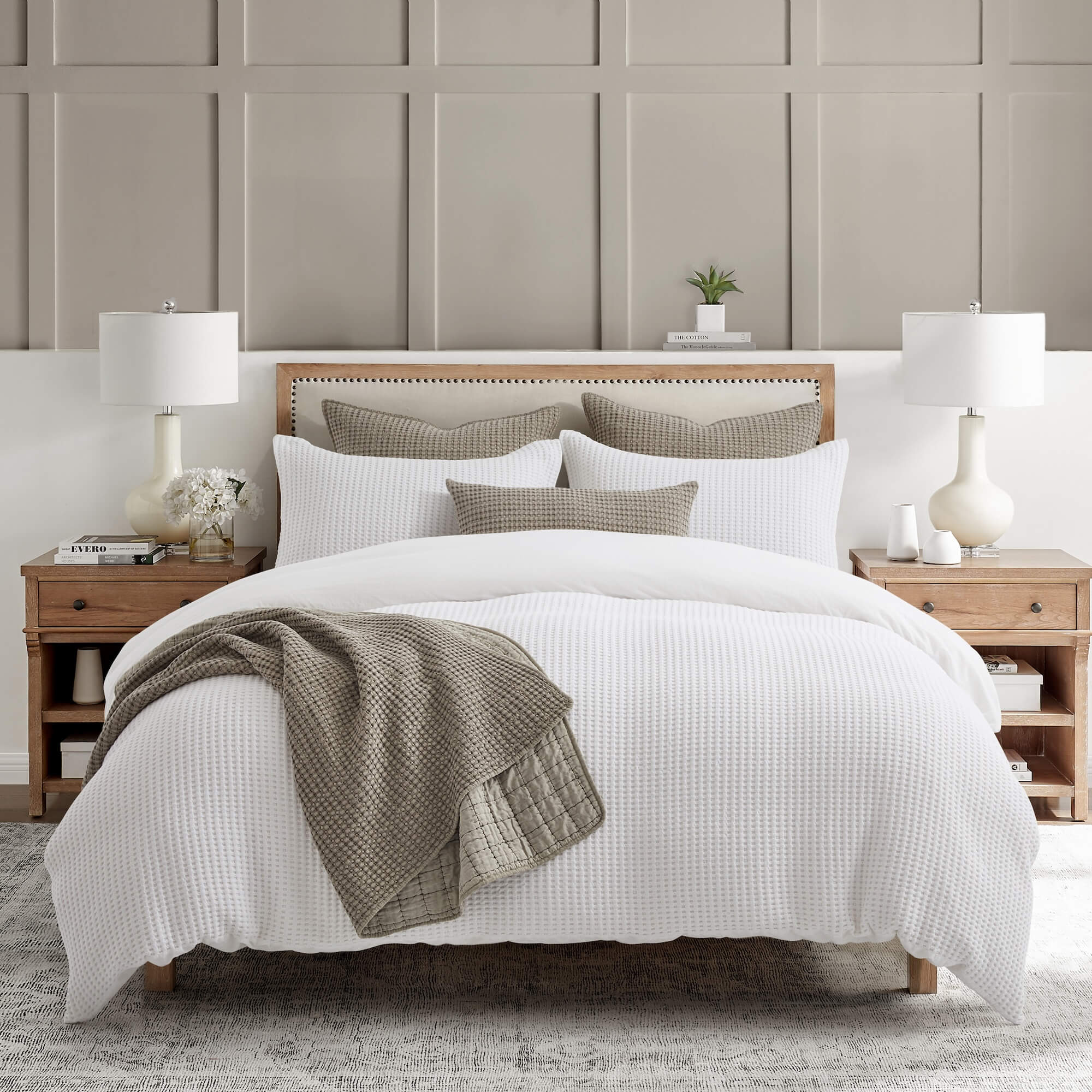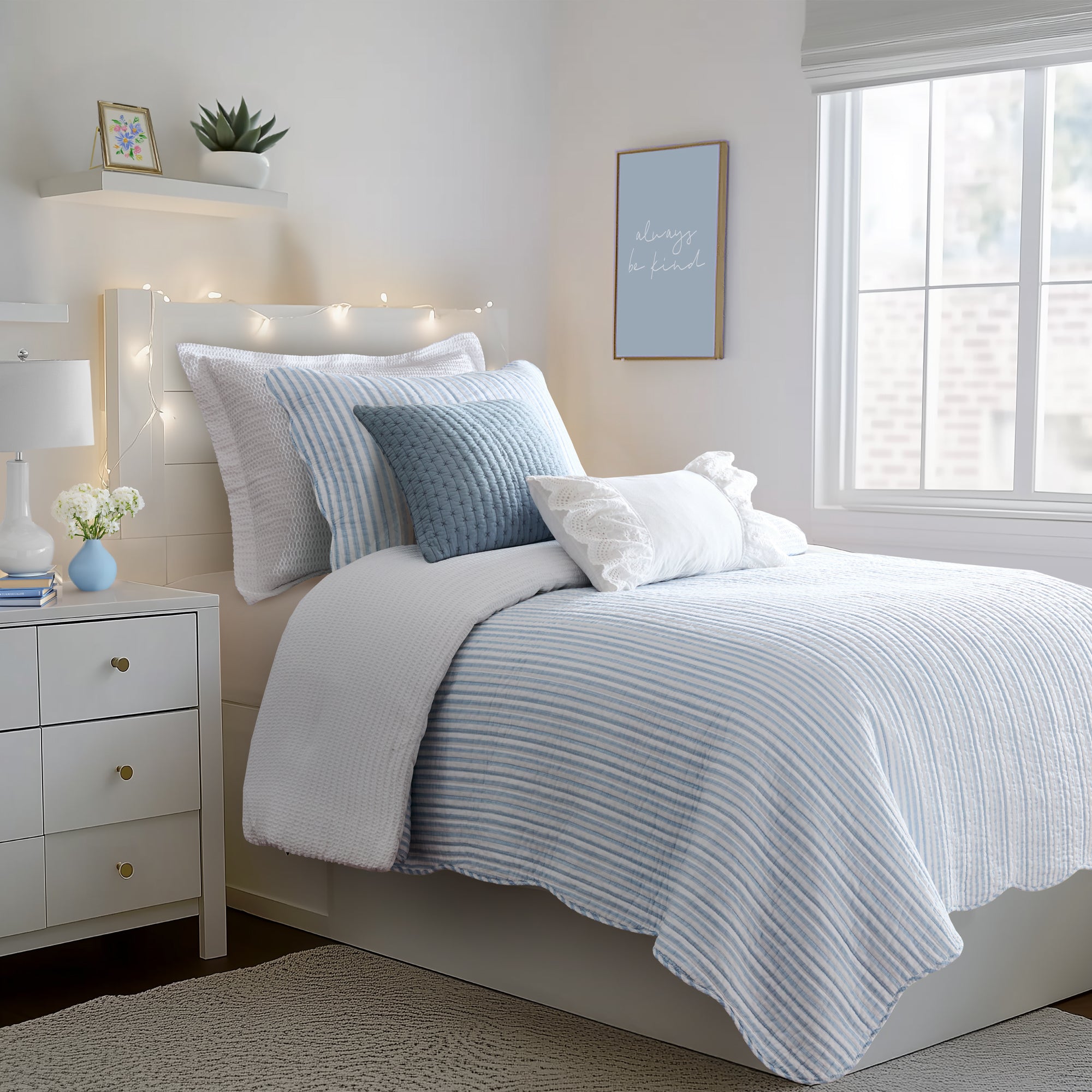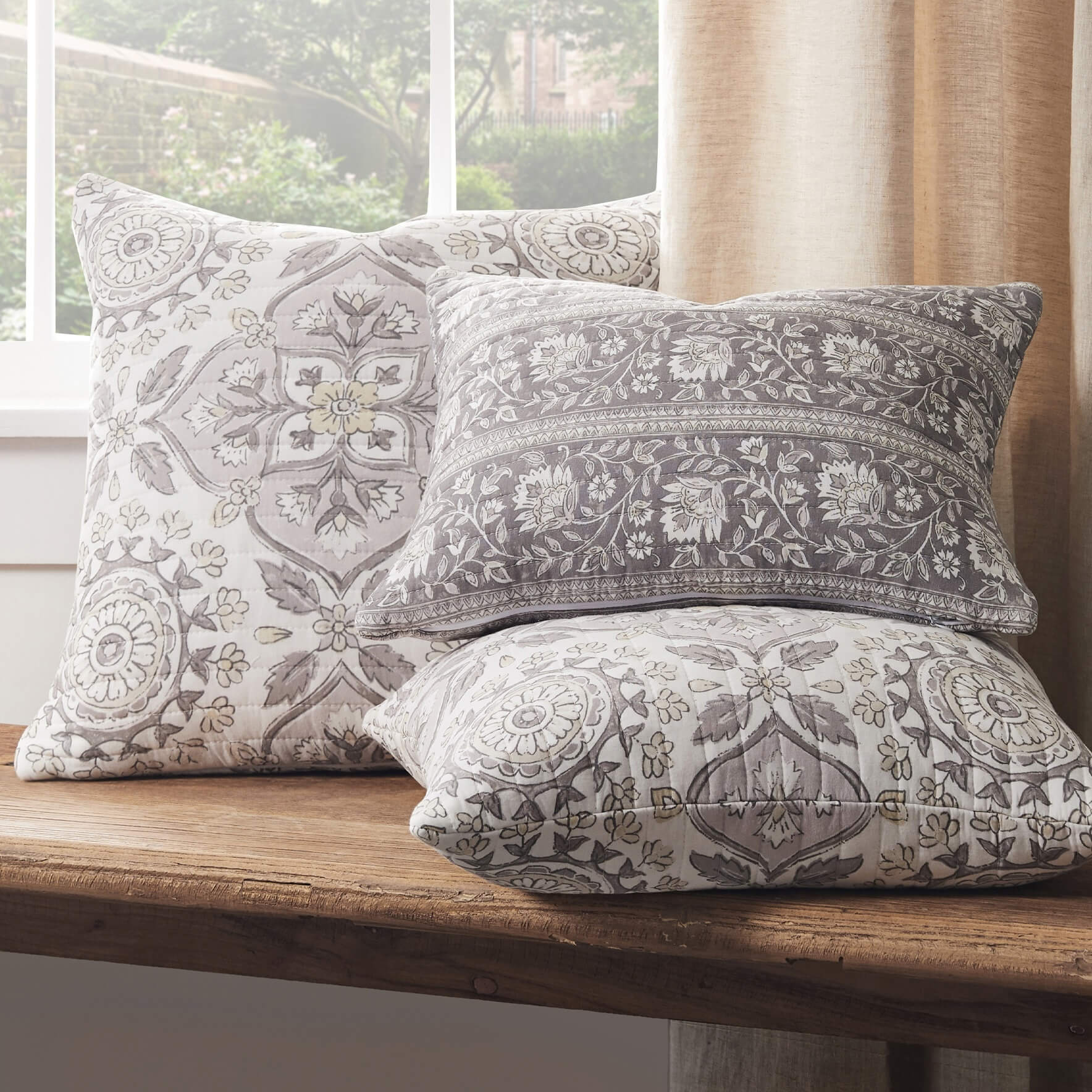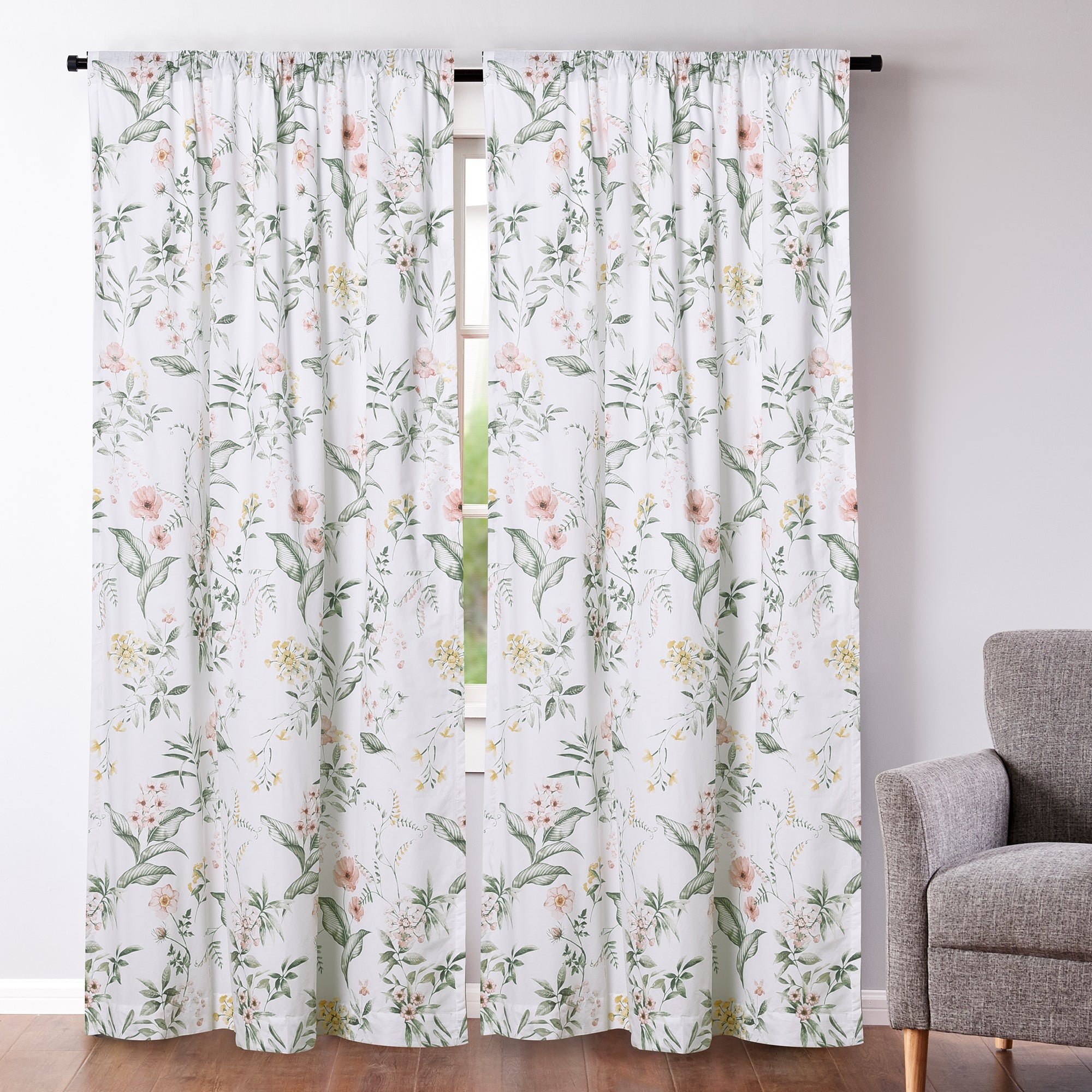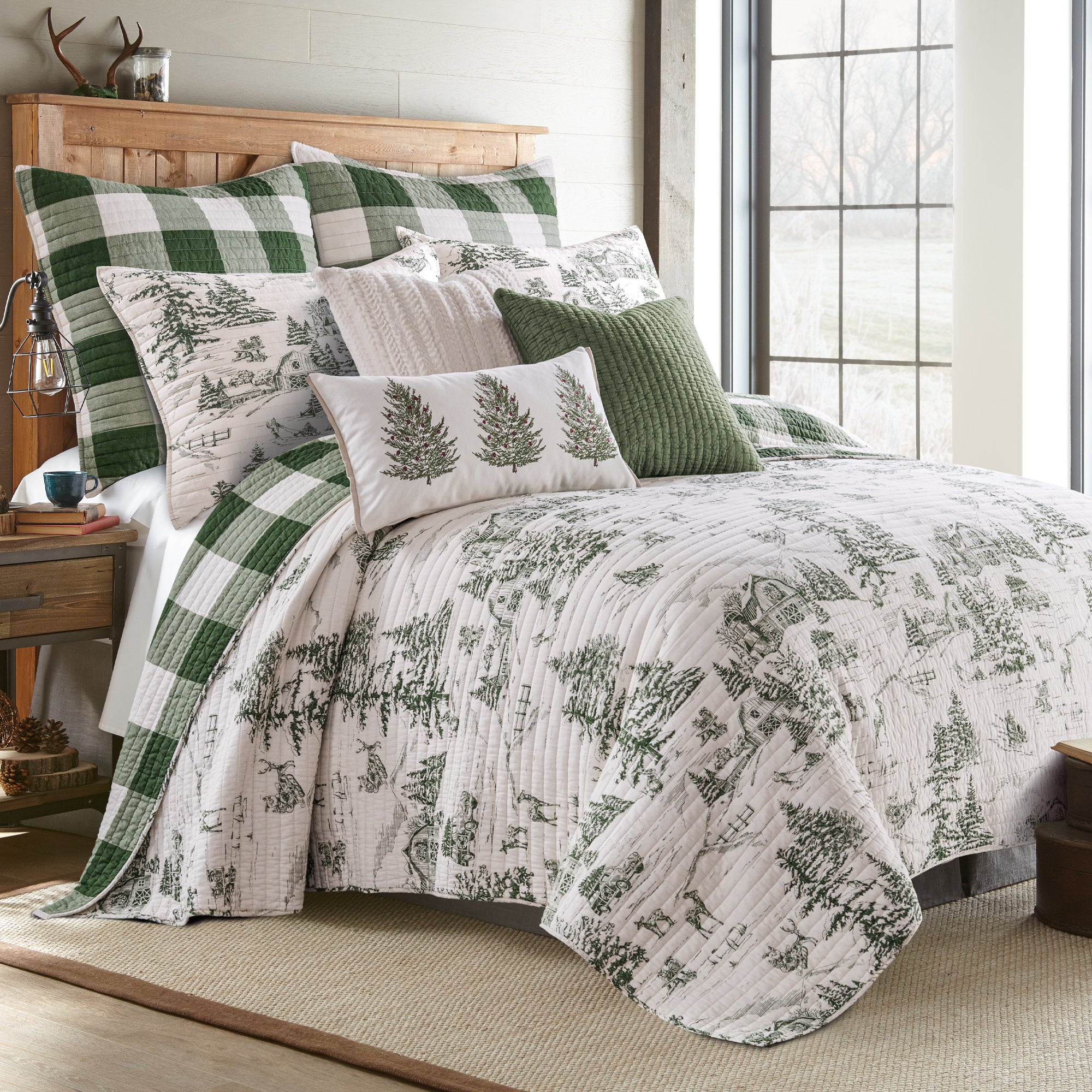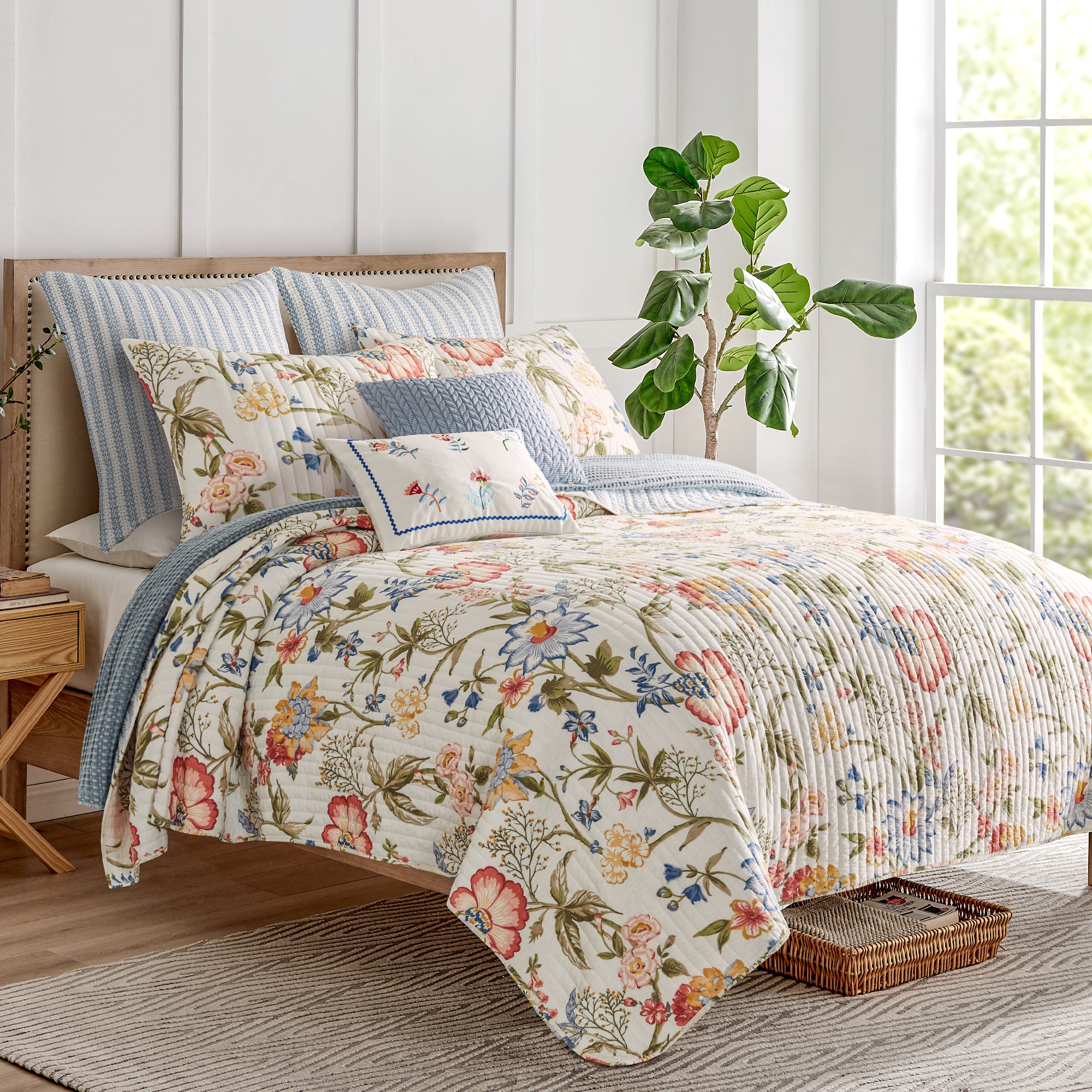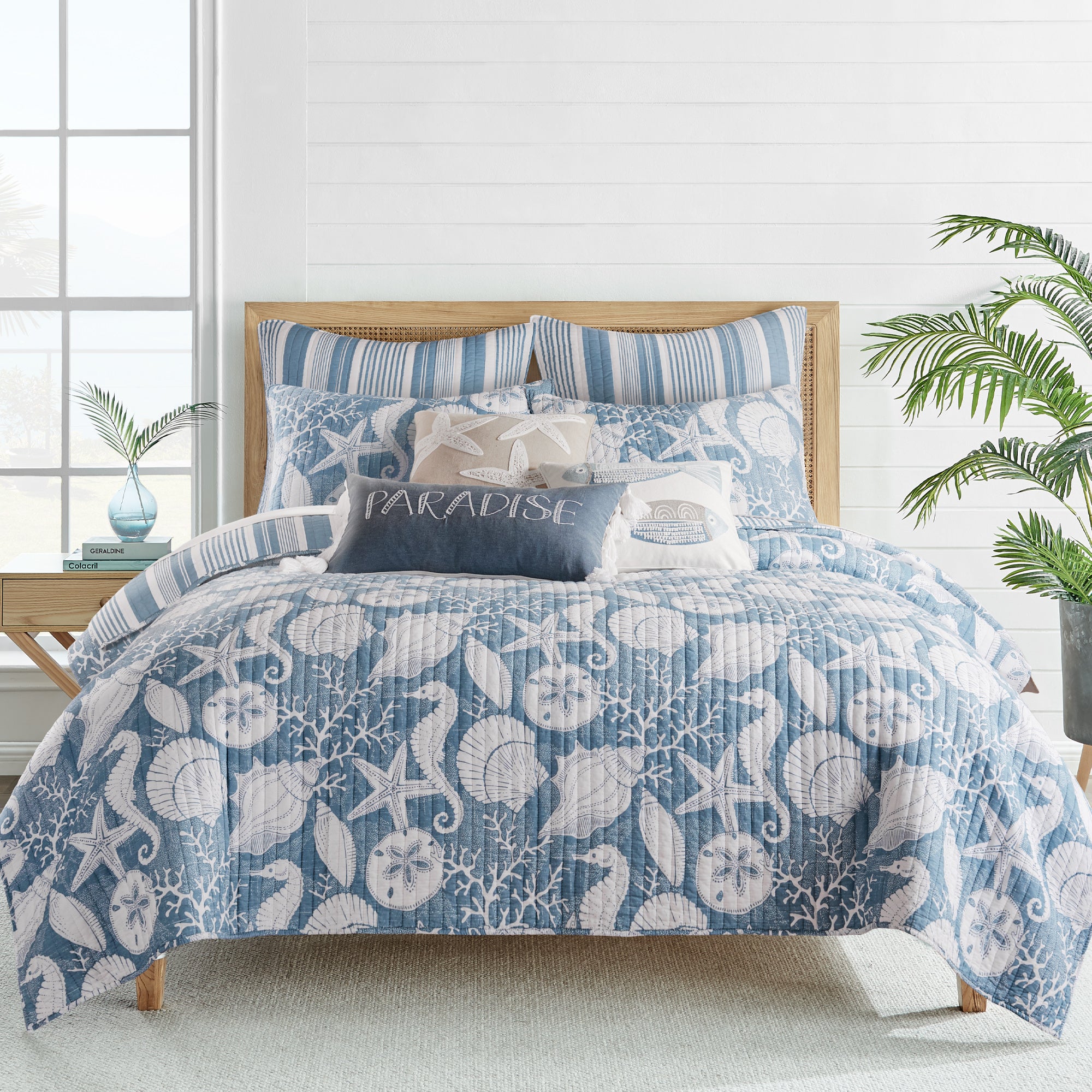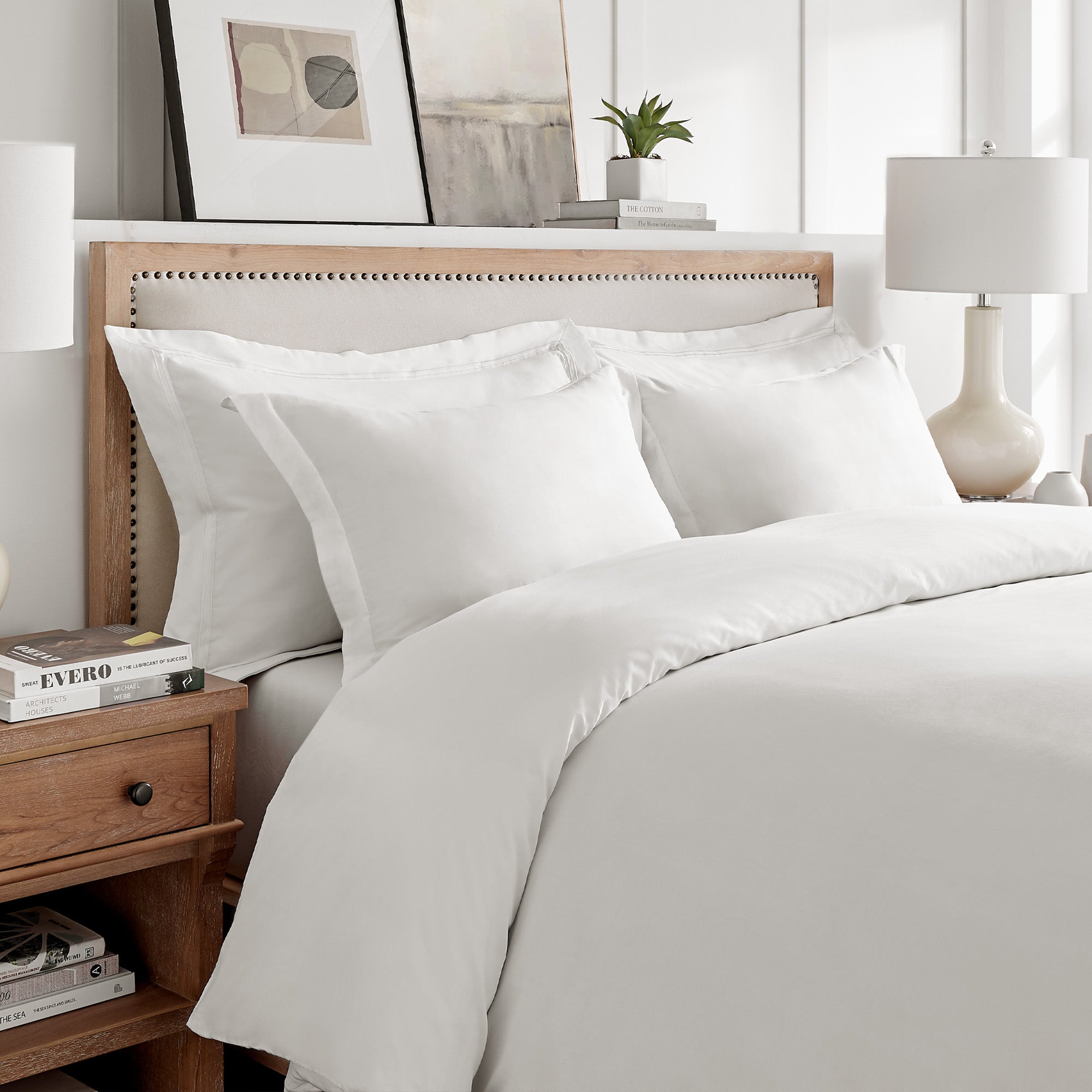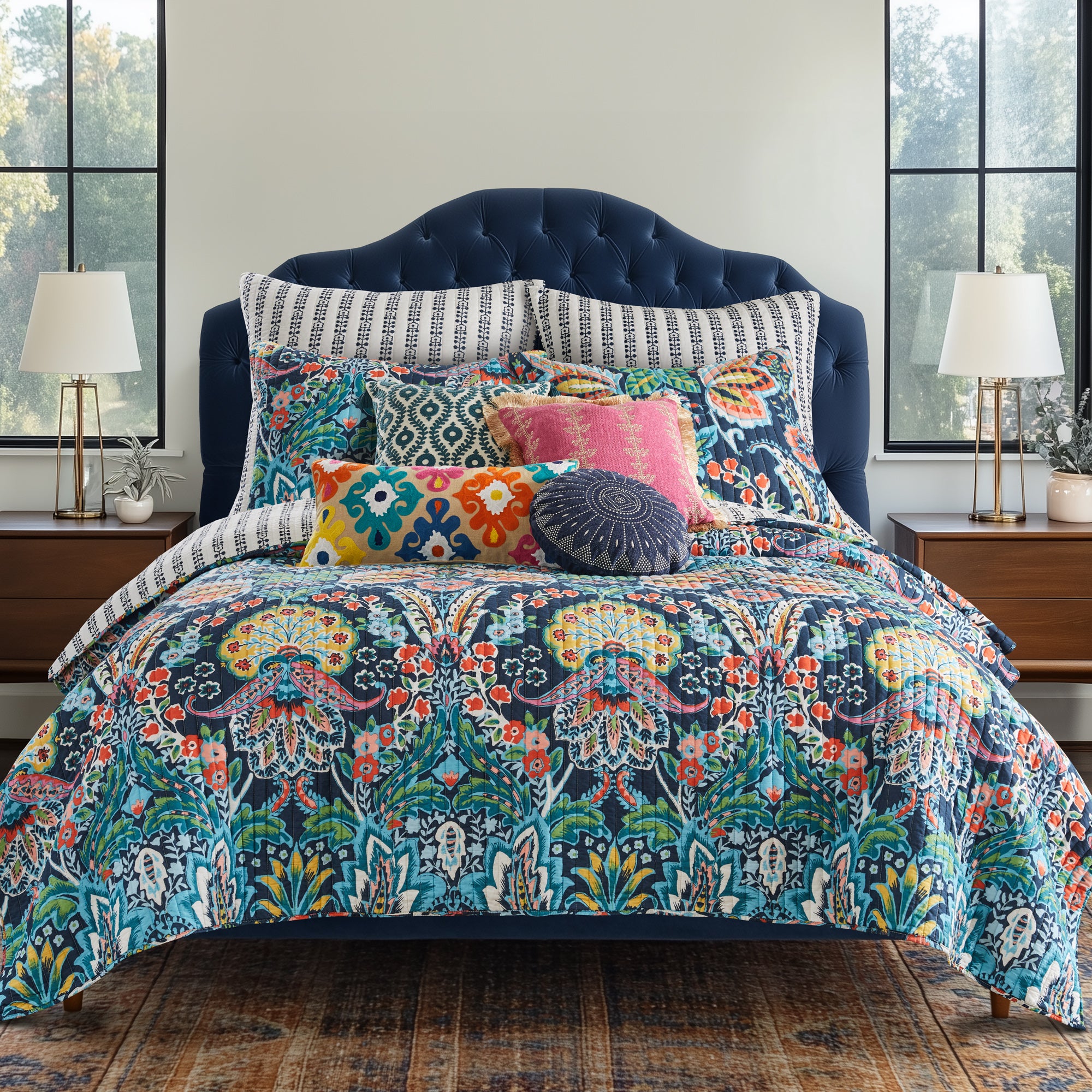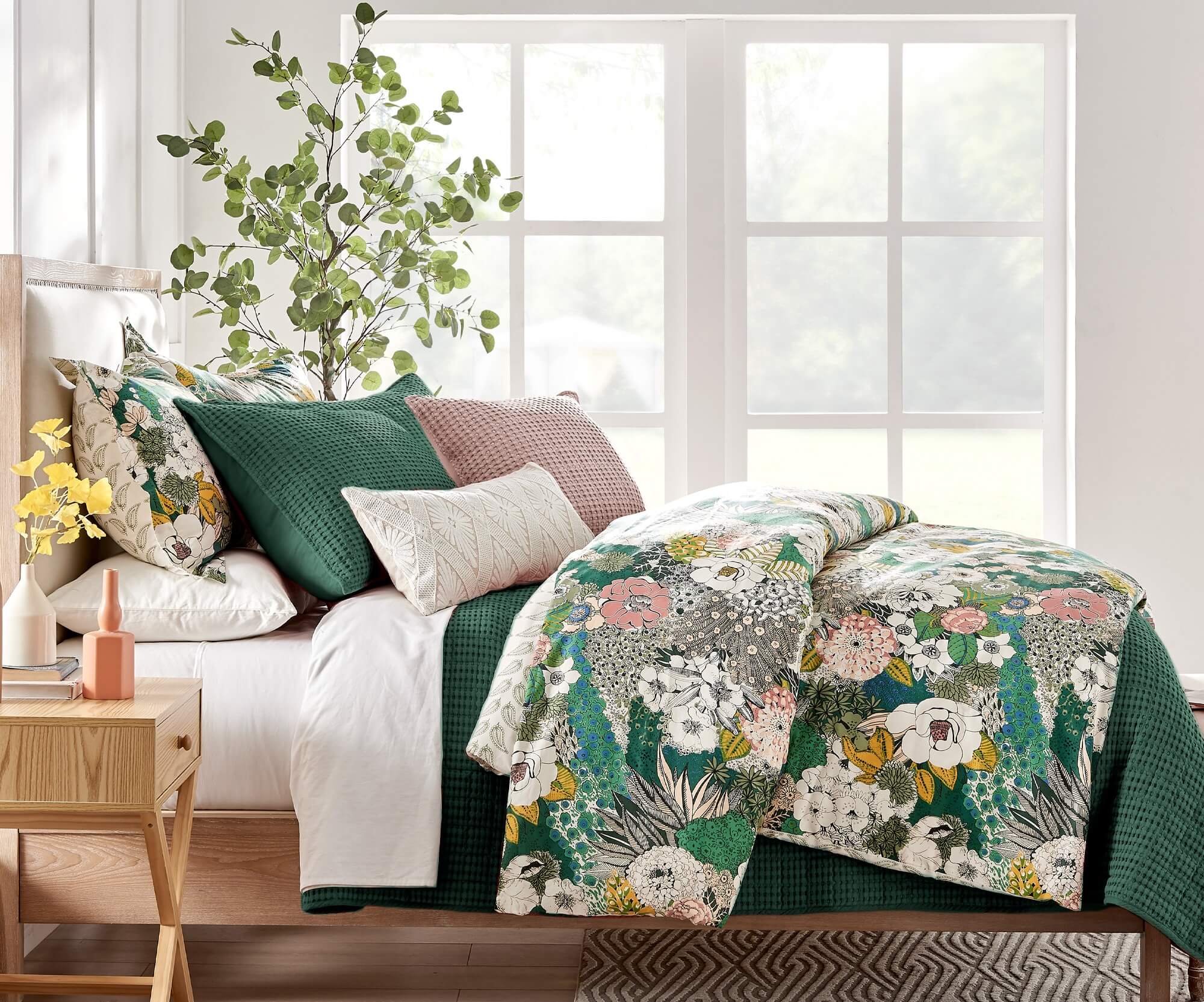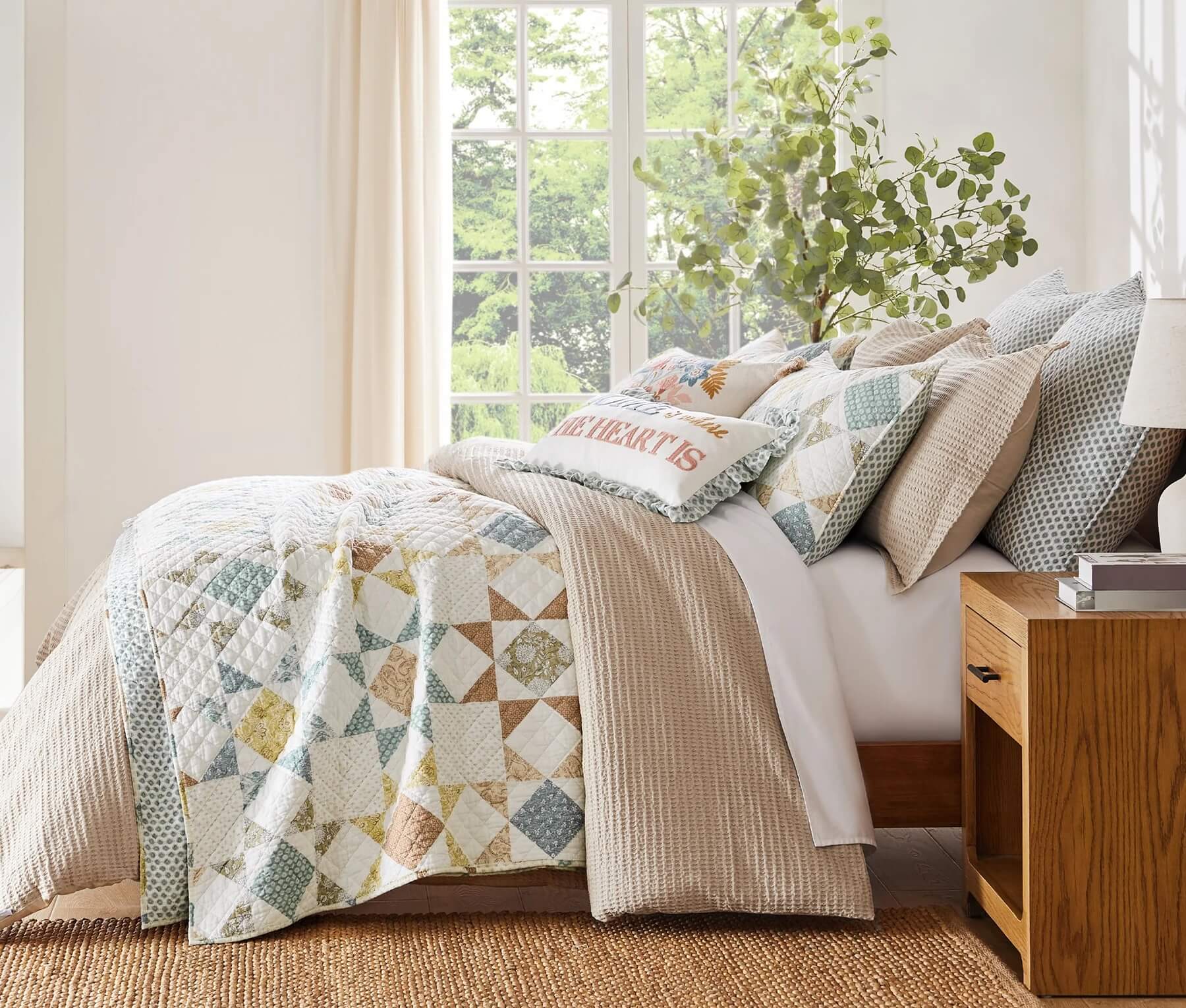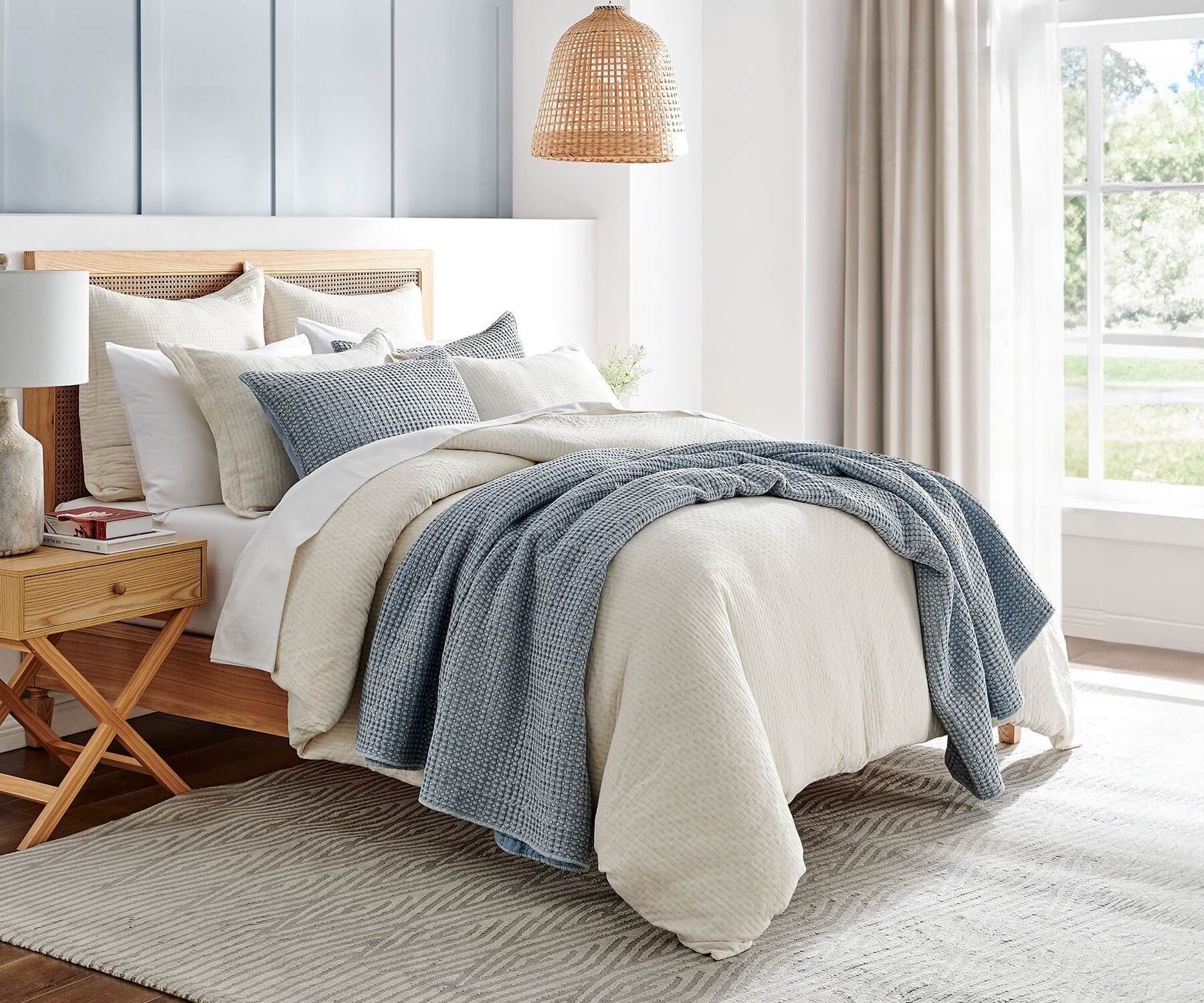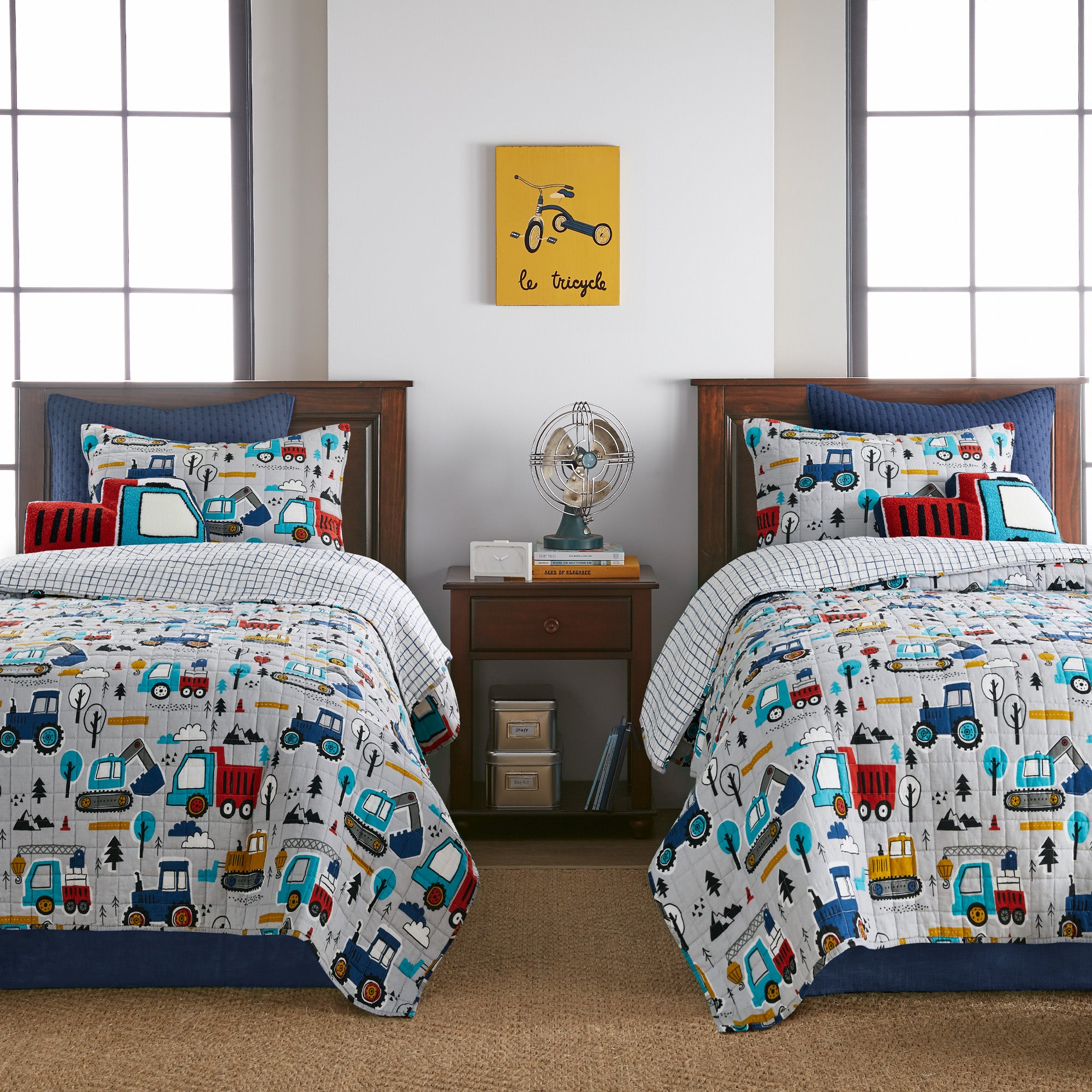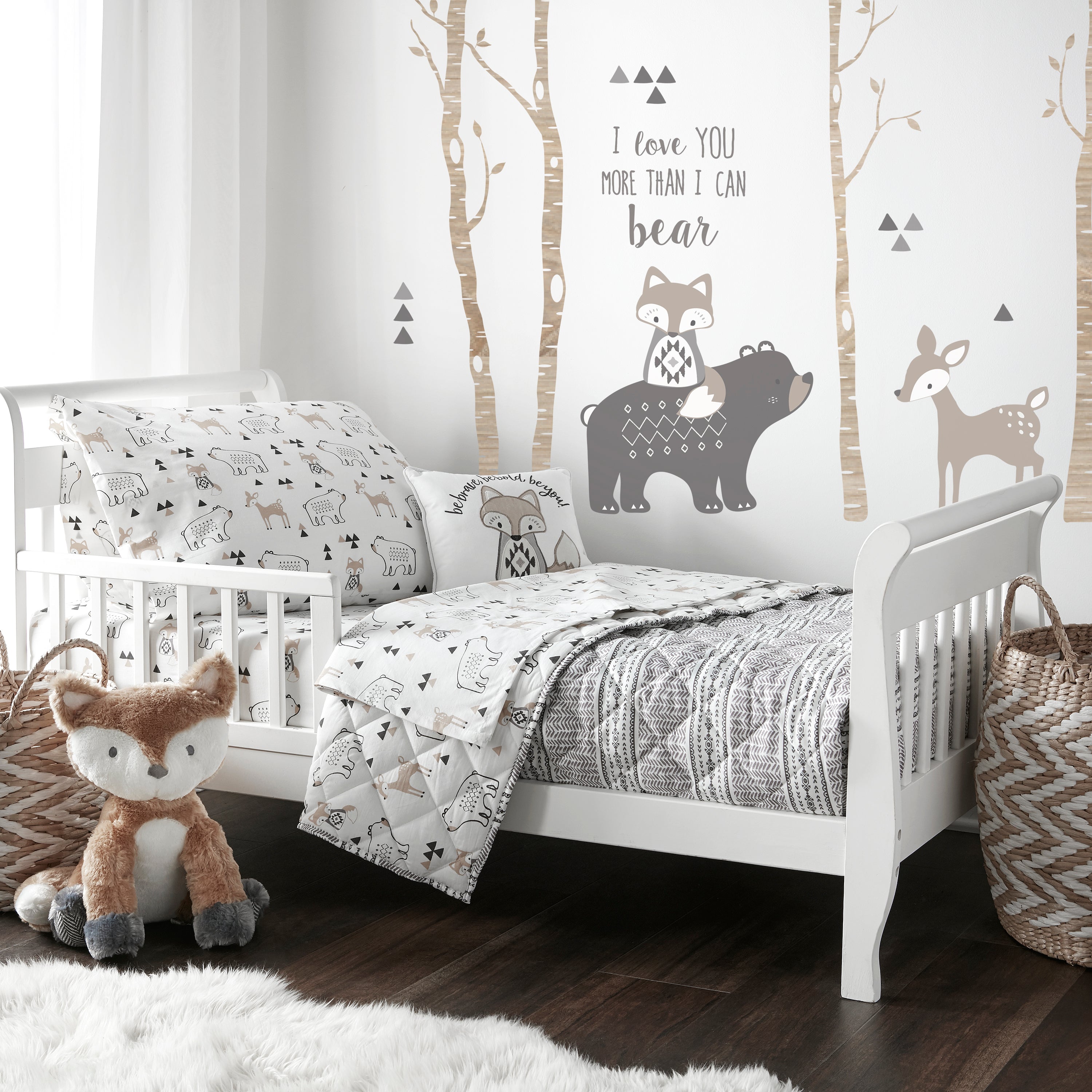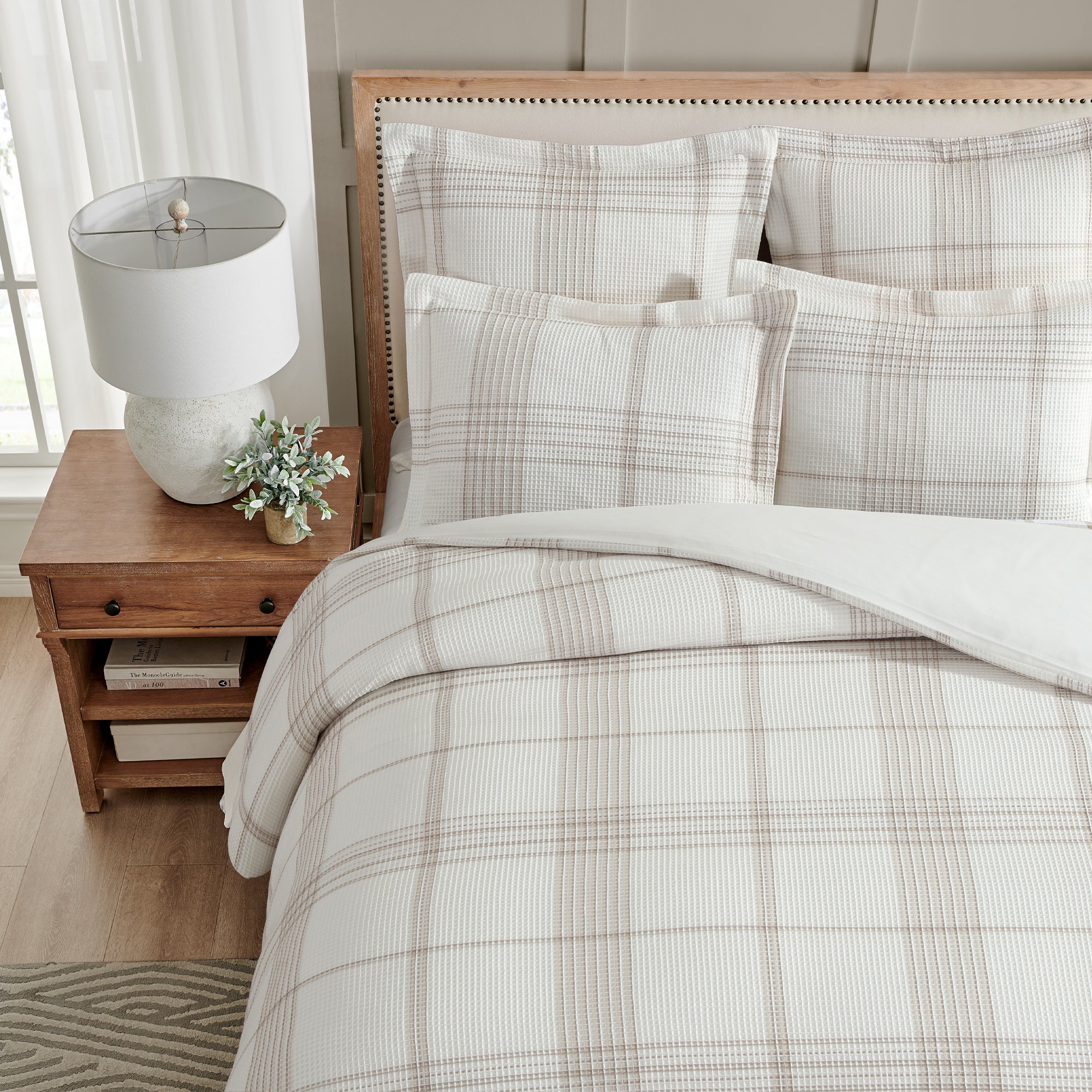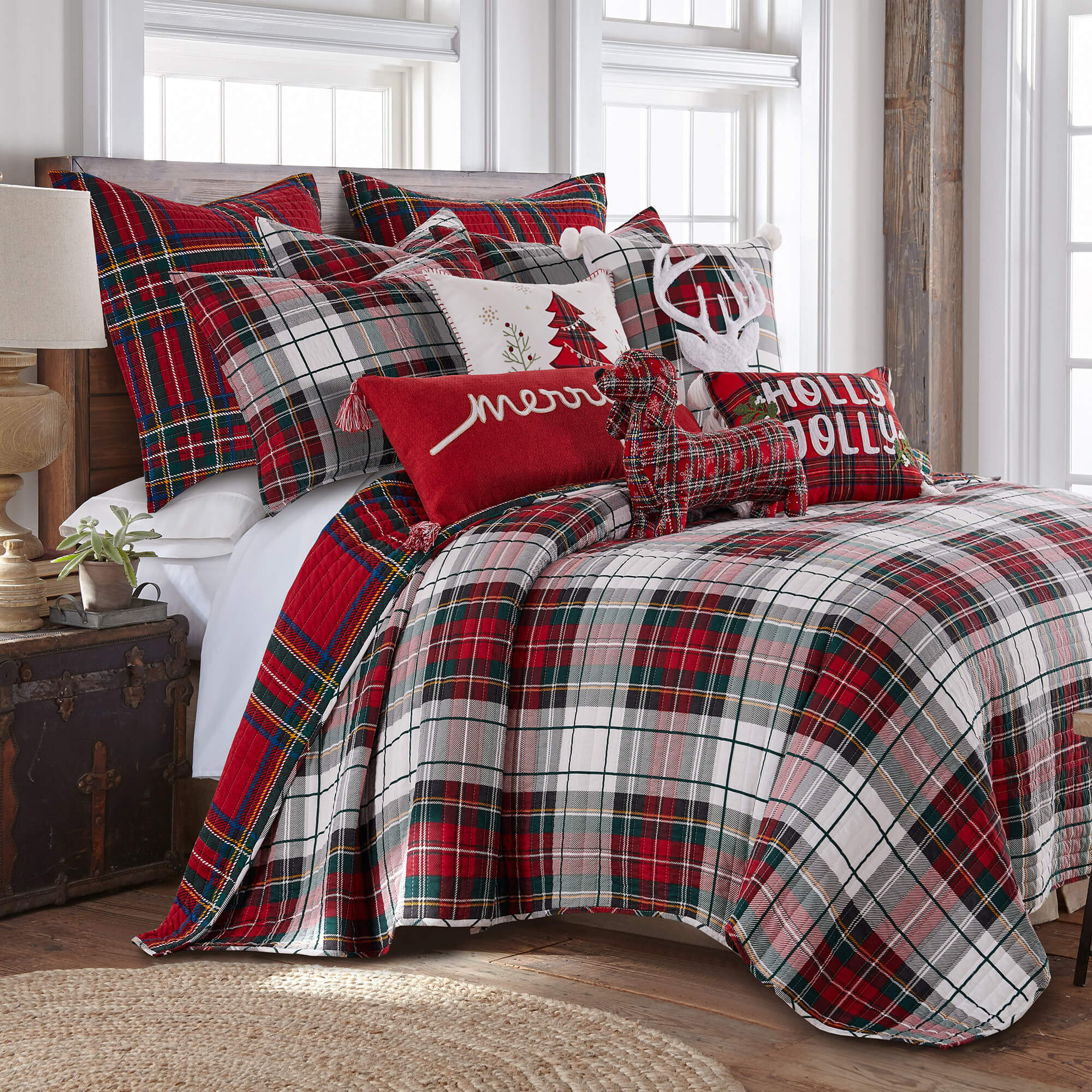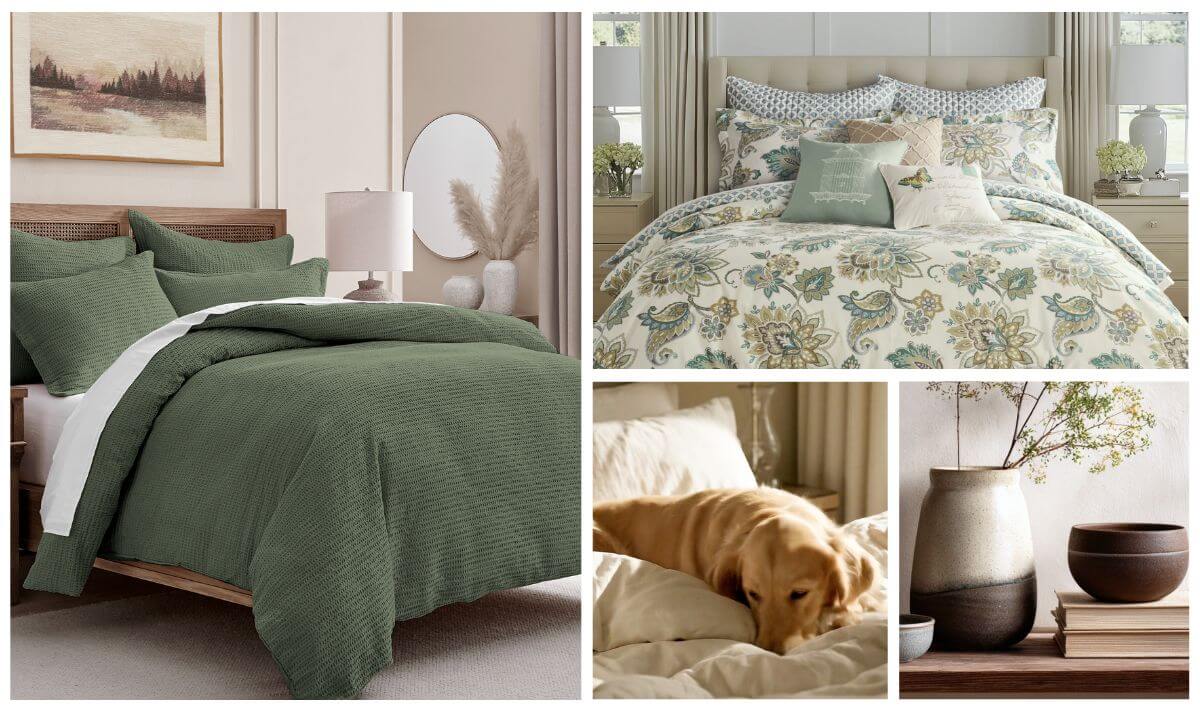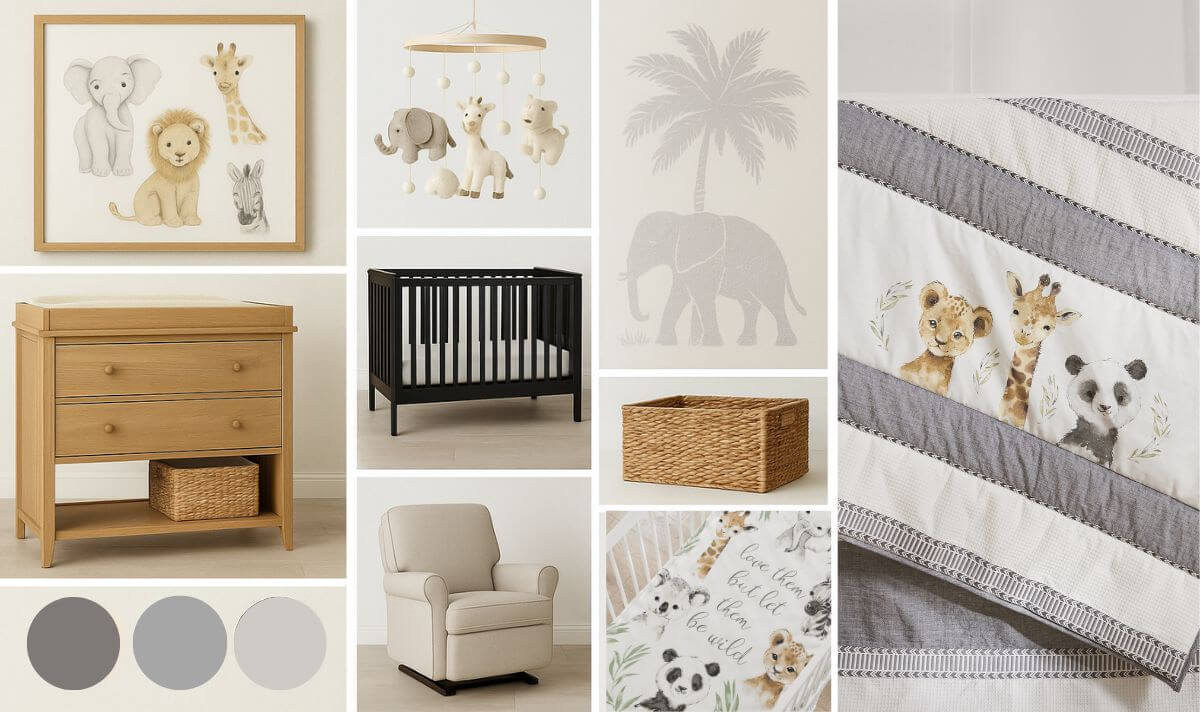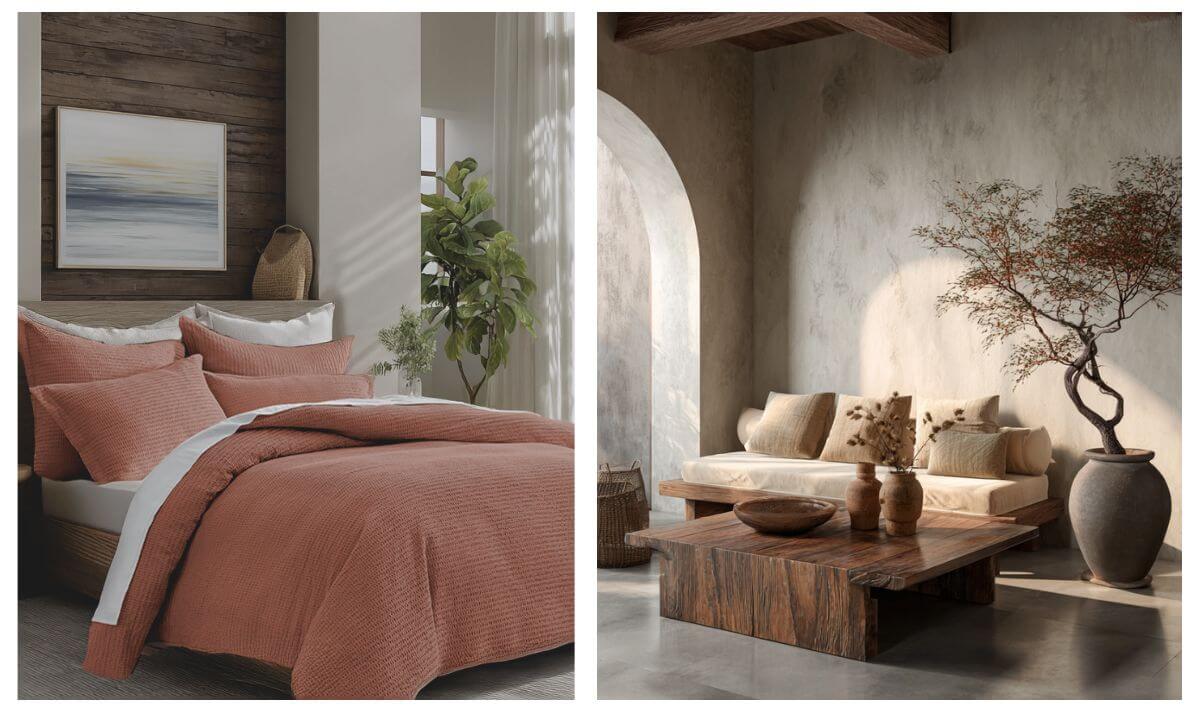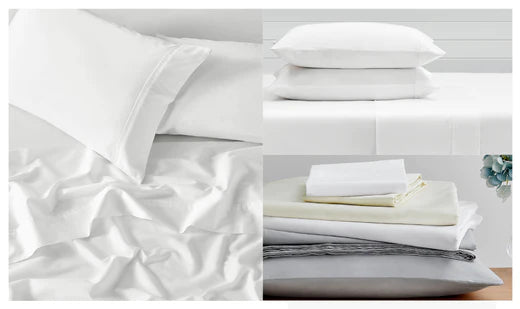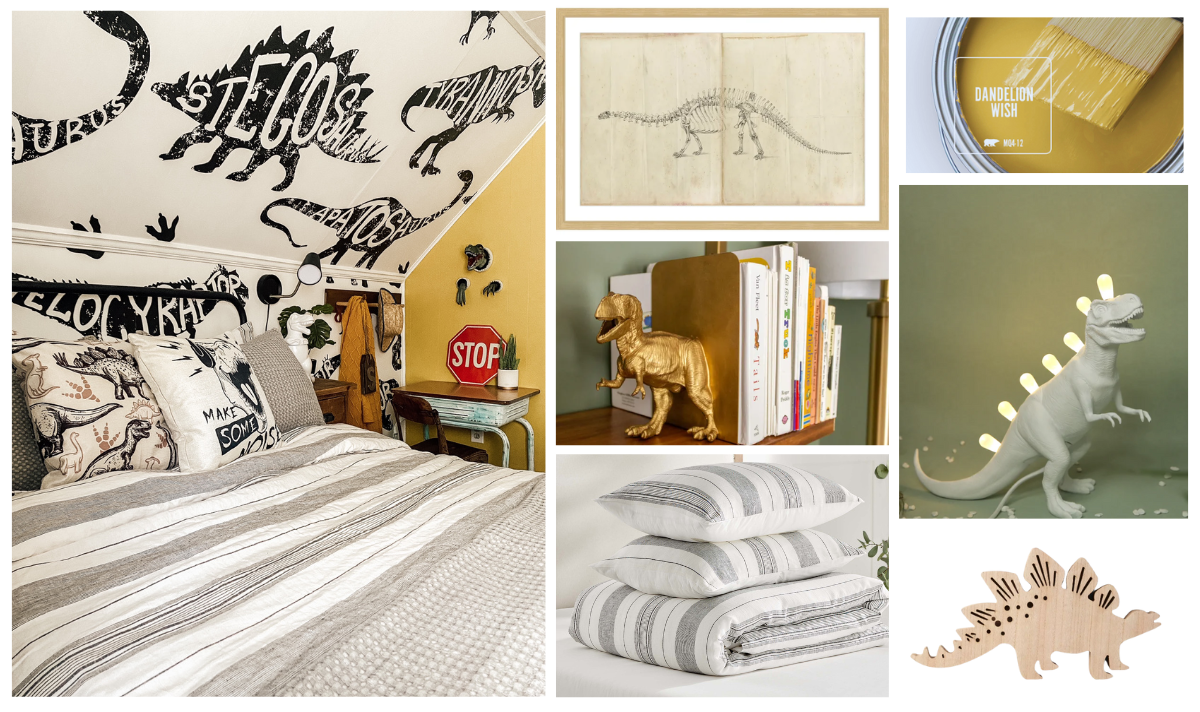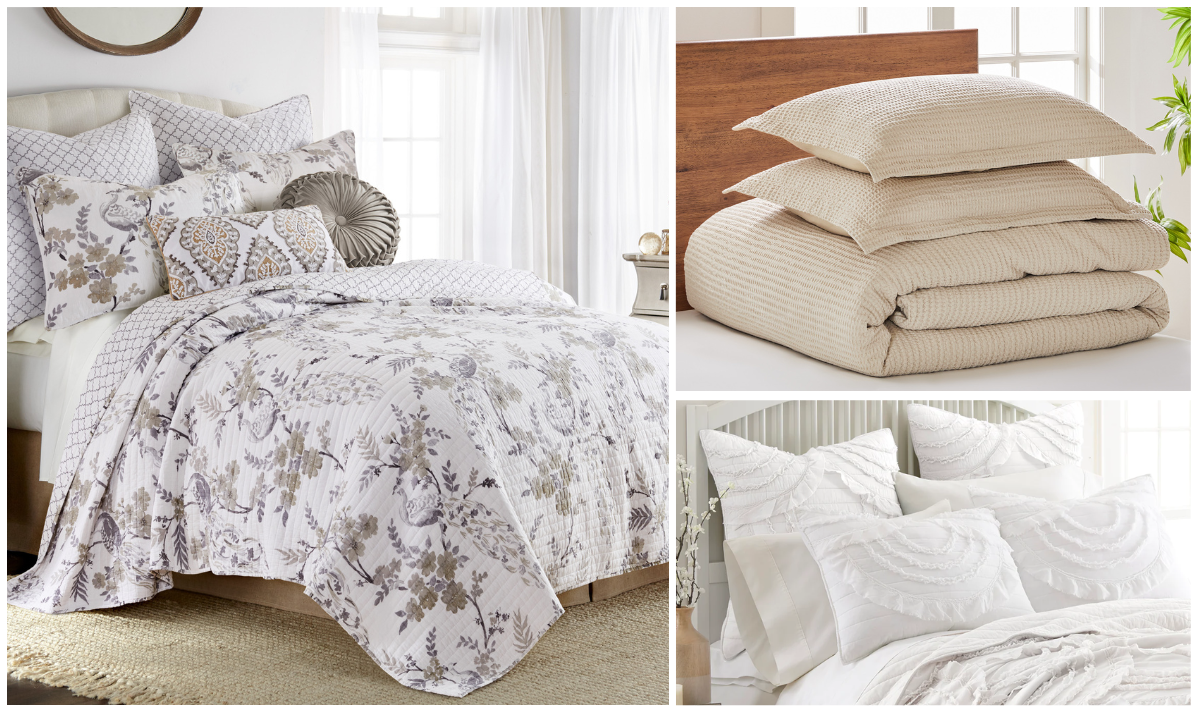“Super high thread counts come with a bigger price tag, but don’t always feel better than high-quality fabrics with lower thread counts,” - Shelby Giard, the vice president of creative and design at Havenly
Have you ever stood in front of a bewildering array of bed sheets, feeling perplexed by the various thread counts on display? If so, you're not alone. Thread count is one of those terms that often leaves us scratching our heads as we search for the perfect bedding. But fear not, because in this blog, we're embarking on a journey to unravel the enigma of thread count and help you discover what truly makes for a comfortable night's sleep.
In the following pages, we'll delve into the intricacies of thread count, answering questions like 'What is a good thread count for sheets?' and 'How do you choose the right thread count for your needs?' We'll explore the science behind thread count, debunk some common myths, and provide practical tips for selecting the perfect sheets that match both your preferences and lifestyle.
Whether you're a bedding connoisseur seeking the ultimate in luxury or simply someone looking for the coziest sheets to snuggle into, join us as we navigate the world of thread count and unveil the secrets to a dreamy night's rest.
So, what is thread count?
Thread count refers to the number of threads woven into one square inch of fabric in a bed sheet. It is the sum of two numbers - the first number denoting the number of horizontal (warp) threads, and the second number indicating the number of vertical (weft) threads. For example, a sheet with a 150 horizontal threads and 150 vertical threads in each square inch of fabric would have a 300 thread count. Thread count only matters when you are looking at single ply cotton, thread count is not a measure for microfiber or polyester sheets or even fabrics like linen.

Finding the Best Thread Count For You Sheets
To find the right thread count for your sheet needs, start by considering your comfort preferences. Lower thread counts, around 200-400, offer a crisp, breathable feel ideal for warm climates. Higher thread counts, 600-800 or more, provide a smoother, luxurious texture. Higher thread counts are usually made from finer yarns. It makes sense since you can fit more finer yarns into a square inch than thicker yarns. So, higher thread counts tend to be finer and more durable and a little heavier. But, a note of caution, some sheets that are made with yarns that are not single ply often count each strand of a single yarn when counting the threads, making the thread count seem artifically high. What that means is that higher is not necessarily better.
-
Low Thread Count Sheets: A Cozy Option
- Low thread count sheets, typically ranging from 200 to 400 threads per square inch, offer a cozy and inviting bedding choice. These sheets have a more breathable and lightweight feel, making them perfect for warmer climates or those who tend to sleep hot. They provide a crisp texture that many people find comfortable and durable. When you're seeking a relaxed, homey atmosphere for your bedroom, low thread count sheets can be an excellent choice, delivering both comfort and a touch of understated luxury.
-
Mid-Range Thread Counts: The Versatile Choice
- Mid-range thread counts, typically falling in the 400 to 600 threads per square inch range, offer a versatile bedding option. These sheets strike a balance between breathability and softness, making them suitable for various climates and preferences. They provide a smooth and comfortable texture, appealing to a wide range of sleepers. Whether you're in a mild or fluctuating climate, mid-range thread count sheets can adapt, offering a comfortable and adaptable choice for your bedding needs.
-
High Thread Count Sheets: Luxury or Overrated?
- High thread count sheets, often exceeding 600 threads per square inch, are hailed as luxurious, but their appeal varies. These sheets offer an exceptionally soft feel, ideal for those seeking top-tier comfort. However, their price may not always justify the added luxury, as other factors like material and weave also matter. Your choice between high thread count and alternatives depends on your preferences and budget.
We strongly suggest you feel the sheets you are purchasing before committing to them. There are 200 thread count sheets made from high quality yarn that feel more luxurious than 1000 thread count sheets. And don't disqualify a sheet just because of the thread count. If you like how it feels and it washes well, enjoy it!
At Levtex Home we went to a great deal of trouble to pick our favorite sheets. We settled on a luxurious 300 thread count sateen sheet, that feels silky smooth and soft and having just enough weight to feel luxurious but not too heavy. They are breathable, cozy and wash beautifully.

Factors Beyond Sheet Thread Count: Choosing The Best Bedding
Beyond thread count, fabric type and weave are critical factors in choosing the perfect sheets. These elements work in tandem to determine how your sheets look and feel. The type of fabric, whether it's crisp cotton, breathable linen, or silky satin, significantly influences comfort and texture. Weave, on the other hand, affects the sheet's durability and appearance. A sateen weave, for instance, can make a lower thread count sheet feel smoother and softer, while a percale sheets weave offers a crisp, matte finish. It's the combination of thread count, fabric type, and weave that truly defines the overall quality and comfort of your bedding. So, when selecting sheets, consider these factors as a cohesive trio, ensuring your sheets match both your aesthetic and tactile preferences.

So, What Are The Top Considerations For The Best Sheet Purchase?
“When it comes to thread count, most people forget that the quality of threads is far more important than the quantity." — Missy Tannen, co-founder of Boll & Branch
The secret to a truly cooling sheet lies in the combination of factors: high thread count, breathable fabric like linen or cotton, and a crisp weave. Elevate your bedding with the perfect blend of comfort and style, enjoying the luxurious feel of percale sheets or smooth softness of cotton sheets. Investing in high-quality sheets, where thread count, fabric type, and weave work in harmony, ensures not just aesthetic appeal but also a truly blissful sleep every night.
In wrapping up our exploration of thread count, it's clear that while this metric is significant, it's not the sole determinant of sheet quality and higher is not always better. Your personal preferences, climate, and budget all weigh in on the decision-making process. Additionally, fabric type and weave are critical factors that work in harmony with thread count to define the overall comfort and appeal of your bedding. So, remember to consider the bigger picture when choosing your sheets – the perfect set should offer a harmonious blend of comfort, style, and quality tailored to your unique needs and desires. Here's to many cozy nights ahead!
FAQ
Q: What is a good thread count for sheets?
A: The ideal thread count for your sheets depends on your comfort preferences. Lower thread counts, typically between 200 and 400, offer a crisp and breathable feel, making them suitable for warm climates or those who tend to sleep hot. Higher thread counts, such as 600-800 or more, provide a smoother and more luxurious texture. However, it's essential to note that higher thread counts don't always equate to better quality, as material and yarn type also play a significant role in comfort.
Q: How to choose the right thread count for bed sheets?
A: To select the right thread count for your bed sheets, consider factors like your climate, personal preferences, and budget. Lower thread counts are perfect for hot sleepers or those seeking a crisp texture. Mid-range thread counts, around 400-600, offer a versatile option, balancing breathability and softness. High thread counts, often exceeding 600, are incredibly soft but may not always justify the added cost. It's essential to feel the sheets you're purchasing to ensure they meet your comfort expectations.
Q: What factors should be considered besides thread count when choosing sheets?
A: While thread count is important, other factors play a significant role in selecting the perfect sheets. Fabric type and weave are crucial elements that determine how your sheets look and feel. The type of fabric, whether it's cotton, linen, or satin, greatly influences comfort and texture. Weave, such as sateen or percale, affects durability and appearance. The combination of thread count, fabric type, and weave defines the overall quality and comfort of your bedding. When choosing sheets, consider these factors together to match your aesthetic and tactile preferences.
Written by Michael Levin
References
- What’s the Best Thread Count for Sheets? on Time: https://time.com/shopping/article/best-thread-count-for-sheets/
- What Is a Good Thread Count for Sheets? on Wirecutter: https://www.nytimes.com/wirecutter/blog/good-thread-count-for-sheets/

